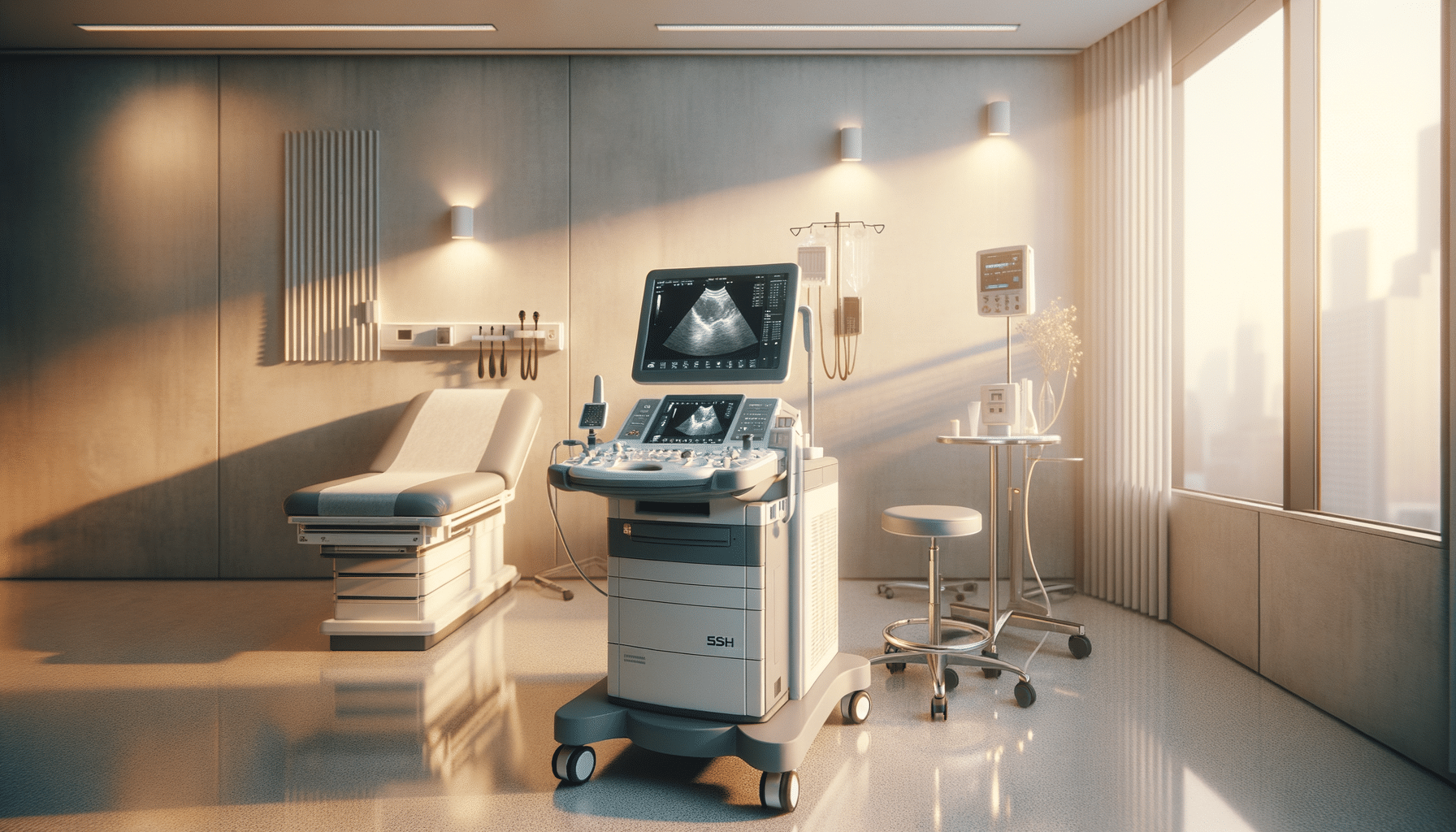
What Can Be Done For Dry Eyes?
Understanding Dry Eye Disease
Dry Eye Disease, medically referred to as keratoconjunctivitis sicca, is a condition that affects millions of people worldwide. It occurs when the eyes do not produce enough tears, or when the tears evaporate too quickly, or if the tear film quality is poor. This results in symptoms such as irritation, burning, grittiness, and sometimes excessive watering of the eyes. The condition can also lead to blurry vision, which can interfere with daily activities such as reading or driving.
Understanding the root causes of dry eyes is crucial in addressing the condition effectively. Various factors can contribute to dry eyes, including environmental conditions like wind and smoke, prolonged screen time, aging, certain medications, and underlying health conditions such as rheumatoid arthritis or Sjögren’s syndrome. Identifying these contributing factors can help in tailoring a treatment plan that addresses the specific needs of the individual.
It’s essential to recognize that dry eyes can significantly impact quality of life. The discomfort can lead to decreased productivity and affect emotional well-being. Therefore, seeking treatment is vital not only for physical comfort but also for overall health and wellness.
Common Treatments for Dry Eyes
There are several approaches to treating dry eyes, ranging from lifestyle changes to medical interventions. The choice of treatment often depends on the severity and underlying cause of the condition.
For mild cases, lifestyle modifications can be quite effective. These might include taking regular breaks from screen time, using a humidifier to maintain air moisture, and wearing sunglasses to protect against wind and sun exposure. Additionally, staying hydrated and avoiding smoke and allergens can help alleviate symptoms.
Over-the-counter artificial tears are a common initial treatment option. They provide temporary relief by supplementing the natural tear film. However, it’s important to choose preservative-free options, especially for frequent use, to avoid potential irritation from preservatives.
For more persistent cases, a healthcare provider may recommend prescription medications. These can include anti-inflammatory drugs or medications that increase tear production. In some cases, procedures like punctal plugs, which help retain natural tears by blocking tear drainage, may be considered.
Advanced Treatment Options
For individuals with severe dry eyes, more advanced treatment options may be necessary. These treatments often involve addressing the underlying causes of tear film instability and inflammation.
One such advanced option is intense pulsed light (IPL) therapy. Originally used in dermatology, IPL has been adapted to treat dry eyes by reducing inflammation and improving the function of the meibomian glands, which play a crucial role in maintaining a healthy tear film.
Another promising treatment is the use of autologous serum eye drops. These drops are made from a patient’s own blood serum and contain essential growth factors and nutrients that promote healing and improve tear film quality.
In some cases, surgical interventions might be necessary. Procedures such as tarsorrhaphy, where the eyelids are partially sewn together to narrow the opening, can help reduce tear evaporation and provide relief for those with extreme symptoms.
Natural Remedies and Home Care
While medical treatments are effective, some individuals find relief through natural remedies and home care practices. These options can often complement medical treatments and provide additional comfort.
Warm compresses applied to the eyelids can help improve the function of the meibomian glands, promoting a healthier tear film. This practice can be easily incorporated into a daily routine and offers soothing relief.
Omega-3 fatty acids, found in fish oil supplements, are believed to support eye health by reducing inflammation. Including omega-3 rich foods like salmon, flaxseeds, and walnuts in your diet may also help alleviate symptoms.
Furthermore, practicing good eyelid hygiene is crucial. Regularly cleaning the eyelids with a gentle cleanser can prevent the buildup of oils and debris that can contribute to dry eyes.
When to See a Specialist
While many cases of dry eyes can be managed with over-the-counter solutions and lifestyle changes, there are situations where it is important to consult a specialist. Persistent symptoms that do not improve with basic treatments, significant discomfort, or vision changes warrant professional evaluation.
Eye specialists can provide a comprehensive assessment and recommend appropriate treatments tailored to the specific needs of the patient. They can also identify underlying conditions that may be contributing to the symptoms, ensuring a holistic approach to treatment.
Regular eye examinations are crucial for individuals with dry eyes, as they can help monitor the condition and adjust treatment plans as needed. Seeking professional advice early can prevent complications and improve quality of life.


